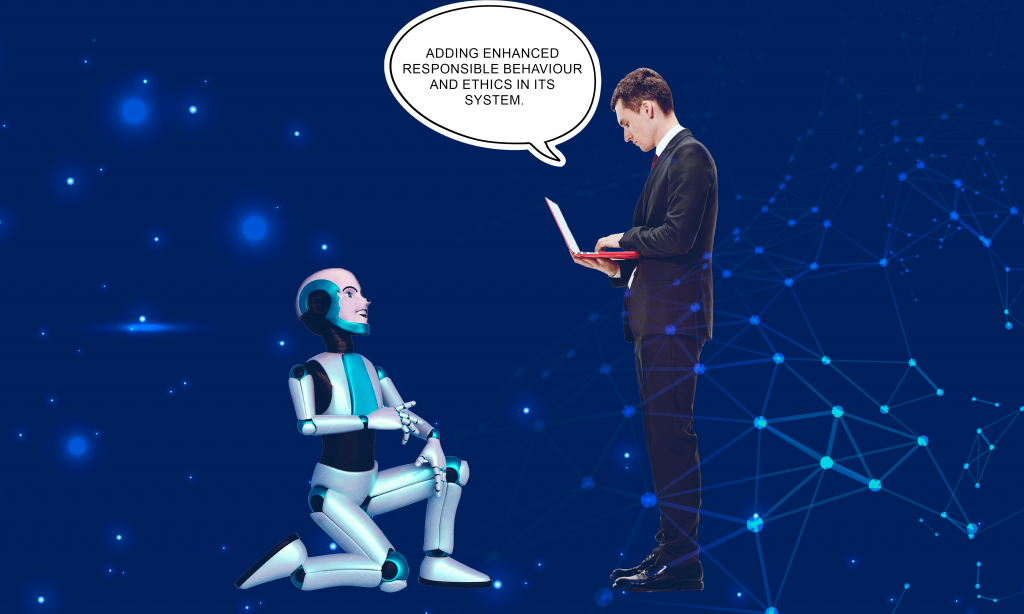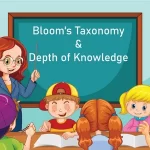What is Online Learning?
Online Learning is a broad umbrella term that we apply to any kind of education that happens over the Internet. Online courses may follow synchronous or asynchronous modes of instruction. E-Learning is a popular trend in learning, and it involves complex information and communication technologies such as Moodle, MOOCs, Virtual Reality, and others. Above all, Online learning is significantly more beneficial than traditional learning because students can learn in their chosen time, proceed at a comfortable pace, and learn from anywhere in the world. Learners may choose to take an online course for a variety of reasons:
- as enrichment courses to acquire skills such as marketing & PR, writing or public speaking courses
- in the form of full-fledged graduate/post-graduate courses under popular universities to earn degrees via distance learning
- as training courses for honing the skills required at the workplace such as pedagogy for teachers, customer service, lead generation, and others
Top Platforms Today
Currently, a plethora of online learning platforms exist. They boast of robust Learning Management Systems (LMS) that help learners track their progress, provide progress reports, and allow institutions to upload study material for remote access. Moreover, these platforms also offer several free courses while other advanced courses are paid and certified.
According to a Forbes survey dated April 2020, the top three online learning platforms today are Udemy, Skillshare, and Coursera. These platforms and others (LinkedIn Learning, Edx, Teachable, LearnWorlds) offer thousands of online courses pertaining to areas of business, writing, photography, history, mythology, literature, and music to name a few. Users can learn in their native languages and download study materials offline from most of these platforms.
Implications in the Education Scenario
With the advent of web-based learning, the role of a teacher has undergone a change. Rather than posing as the “sage on the stage”, they are becoming a participant along with the students in a dynamic learning atmosphere. A teacher in an online setup is more like a “guide on the side”. What is happening in effect is that the top-down approach is being replaced by collegial pedagogy. The philosophy of online education can be categorized under three broad headings:
Constructivism
Just because online learning takes place on mobile devices, it does not mean that group projects are not involved. Learning over the Internet is essentially a group effort. In this respect, constructivism dictates that the students share ideas and construct knowledge together1. Unlike traditional teaching where students are involved in passive learning, online education permits them to take control of their learning and become active learners who co-create their knowledge.
Constructionism
It emphasizes on the importance of constructing something for others to critique or experience. In an online course, learners are frequently asked to create something of meaning, such as an original essay/slideshow/photograph, which is then analyzed by their classmates to invite discussion, criticism, and also to foster deeper understanding.
Collaboration
Instead of notes being handed out in a class, online learning operates in a two-way mode. Learners interact with the learning systems via simulations, quizzes, polls, and storyboards. These are individual as well as group activities. In this way, online learning ensures that the knowledge is a fruit of collaborative effort and that each student enrolled in the class gains mastery equitably.
Types of Online Learning
Based upon mode of instruction, Online Learning can be categorized under three broad headings:
Synchronous online learning
In this mode, instructors conduct real-time classes that students from all over the world attend. Synchronous classes are conducted in the form of webinars/videoconferencing. This technique emphasizes student-teacher interaction; they communicate via audio and video and through online chats. This is the most popular form of online education as it strengthens the teacher-student relationships. Therefore, it comes closest to the look and feel of a traditional classroom.
Asynchronous online learning
In this mode, there is no real-time interaction between the instructor and the learners. Students can learn at their chosen time at a comfortable pace. The entire coursework is uploaded to a cloud-based platform (for instance, Google Classroom, MOODLE, and others). Schedules, assignments, and tests are available for learners to take at any time and pass the course. In this regard, asynchronous learning is more student-centered as it provides them more control over their learning.
Blended online learning
This mode features a combination of online lectures several times throughout the course and the availability of course material. Consequently, this is a hybrid mode that allows for real-time classes and also asynchronous learning. The instructor ideally reserves the online classes for the explanation of concepts and the clarification of the learners’ queries. And the assignments and tests are uploaded in a course management system (CMS) for students to access whenever they wish to.
With regards to various types of Online Learning, a quasi-experimental study2 revealed the following:
- In a contrasted study between blended learning and synchronous learning, learning outcomes are usually comparable across both.
- Educators can enhance Online Learning by giving learners some control over their interactions with embedded media in the courses.
- When groups of students learn together (collaborative learning), tools such as guiding questions, quizzes, and polls generally influence how they learn, but have no overall effect on the amount of learning.
The Present State of Online Learning – a Case Study
Organization: US Department of Education
Methodology: 1) Contrasting between online and traditional education.
2) Measuring the learning outcomes.
3) Using a rigorous research design.
4) Providing adequate information to track an effect size.
Key Findings:
-
- Students who took an online course performed better than those taking the same course offline.
- Effect sizes were greater for online courses where there was collaborative effort or teacher-intervention than in the ones where students worked independently.
- Variations in the modus operandi of Online Learning did not affect learning outcomes significantly.
- The effectiveness of Online Learning is evident across learning styles and content types.
So the takeaway from the above case study is simple: Online learning trumps traditional methodology in terms of wide reach, flexibility, and popularity. However, teacher intervention remains crucial in online education despite teaching roles having undergone a radical change in this mode. Owing to several benefits, its growth has been substantial and rapid. To clarify, let us refer to this set of statistics about the growth of Online Learning.
- 63 percent of institutions surveyed said that online learning was certainly an essential part of their future strategy.
- Almost 30 percent of all enrollments now are in online courses.
- Nearly three-quarters of institutions report that the economic downturn has increased the demand for online courses and programs.
- More than three-quarters of academic leaders at public institutions report that online instruction is as good as or better than face-to-face instruction.
- The reported year-to-year enrollment changes for fully online programs by discipline show maximum growth, but with a sizable portion seeking steady enrollments.
References
https://learn-u.com/lesson/piagets-constructivism/
https://www2.ed.gov/rschstat/eval/tech/evidence-based-practices/finalreport.pdf
Allen, E., & Seaman, J. (2010). Class Difference$: Online Education in the United States. (From http://sloanconsortium.org/publications/survey/class_differences.)
For more ideas on Online education, refer to our blog. Create. Engage. Inspire.

















